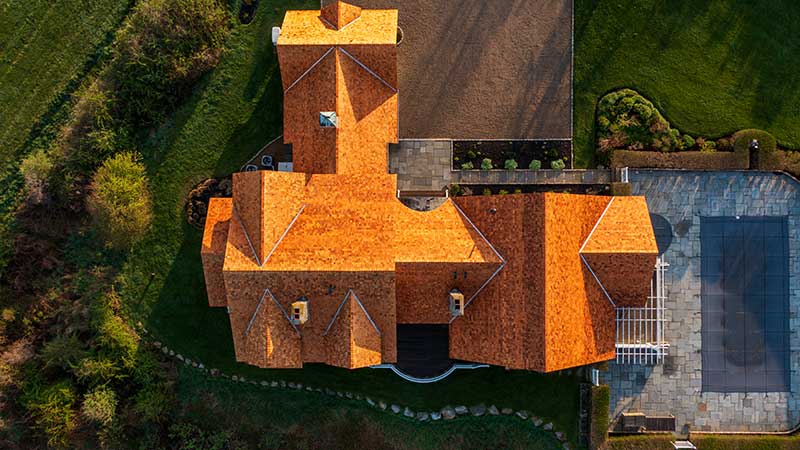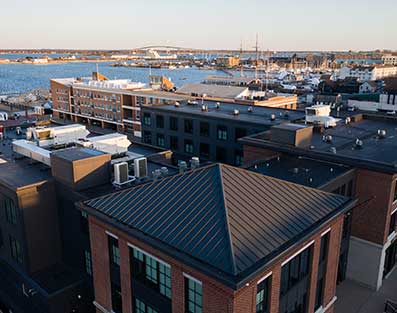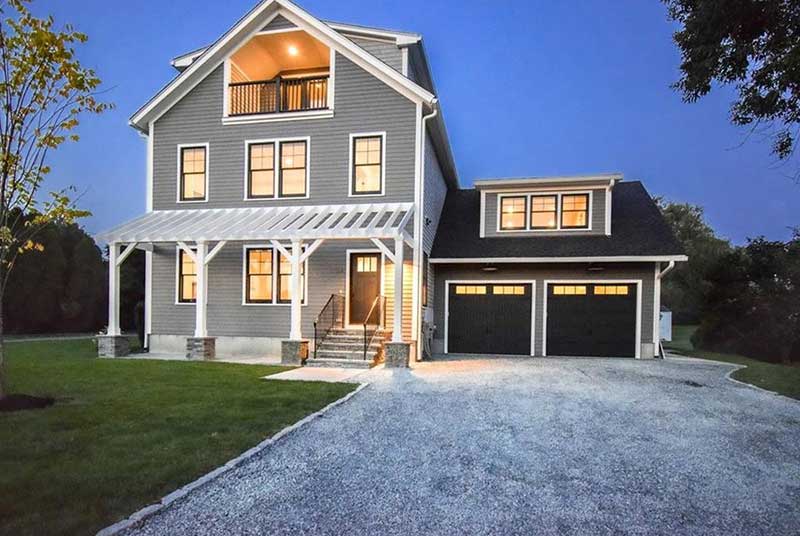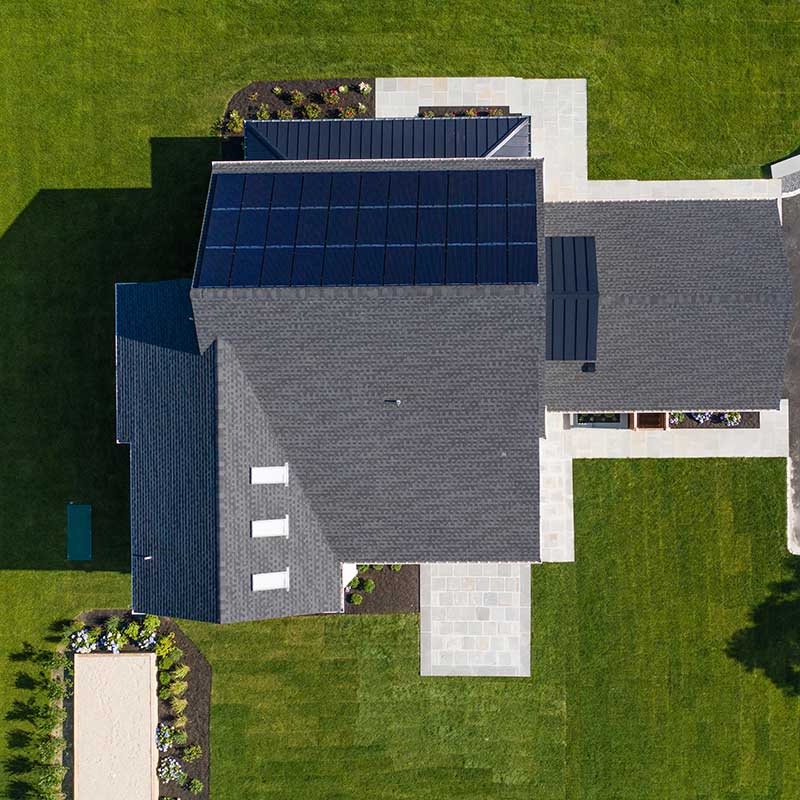A roofing system in good condition will look even and straight. When you notice that your roof is sagging, contact a professional immediately. While it’s a common issue, you must address it quickly to avoid risking the safety of your home and family.
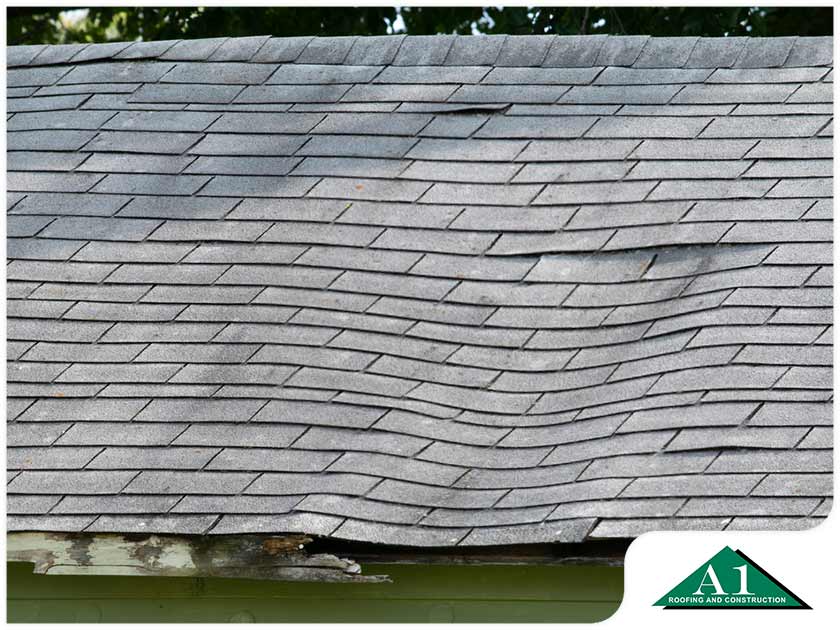
Read on to find out what usually causes a roof to sag.
Incorrectly Sized Materials
When your contractor uses materials too small for your roof, it is more likely to sag. Spreading can also occur when the system lacks internal bracing or has insufficient bracing, resulting in sagging.
Exposure to Excess Moisture
Excessive exposure to moisture is another common cause of sagging in roofs. When rainwater doesn’t drain properly, standing water can seep beneath the shingles and into the sheathing, causing rot and eventually sagging. Your roofing contractor might need to replace the sheathing to fix the problem.
Too Much Load on the Roof
A roof can sag when there is too much weight placed on it. The added weight can strain its structure and cause extensive damage. During winter, regularly remove snow from your roof to keep it from accumulating. Roofs can usually stand up well against heavy snowfall, but they can only handle so much. If you have no experience removing snow from the roof, it’s best to leave the job to experienced professionals.
Natural Wear and Tear
Sagging could be a sign that it’s time to replace your roof. Even with routine maintenance, this part of your home will not last forever and will eventually need replacement. Roofs naturally deteriorate as they age due to constant exposure to harsh outdoor elements.
Don’t wait long before addressing a sagging roof and choose a dependable contractor to deal with the issue. At A1 Roofing & Construction, we take pride in our high-quality roofing products, advanced equipment and superior workmanship. Call us at (401) 265-1019, or complete our contact form to get a free quote.

